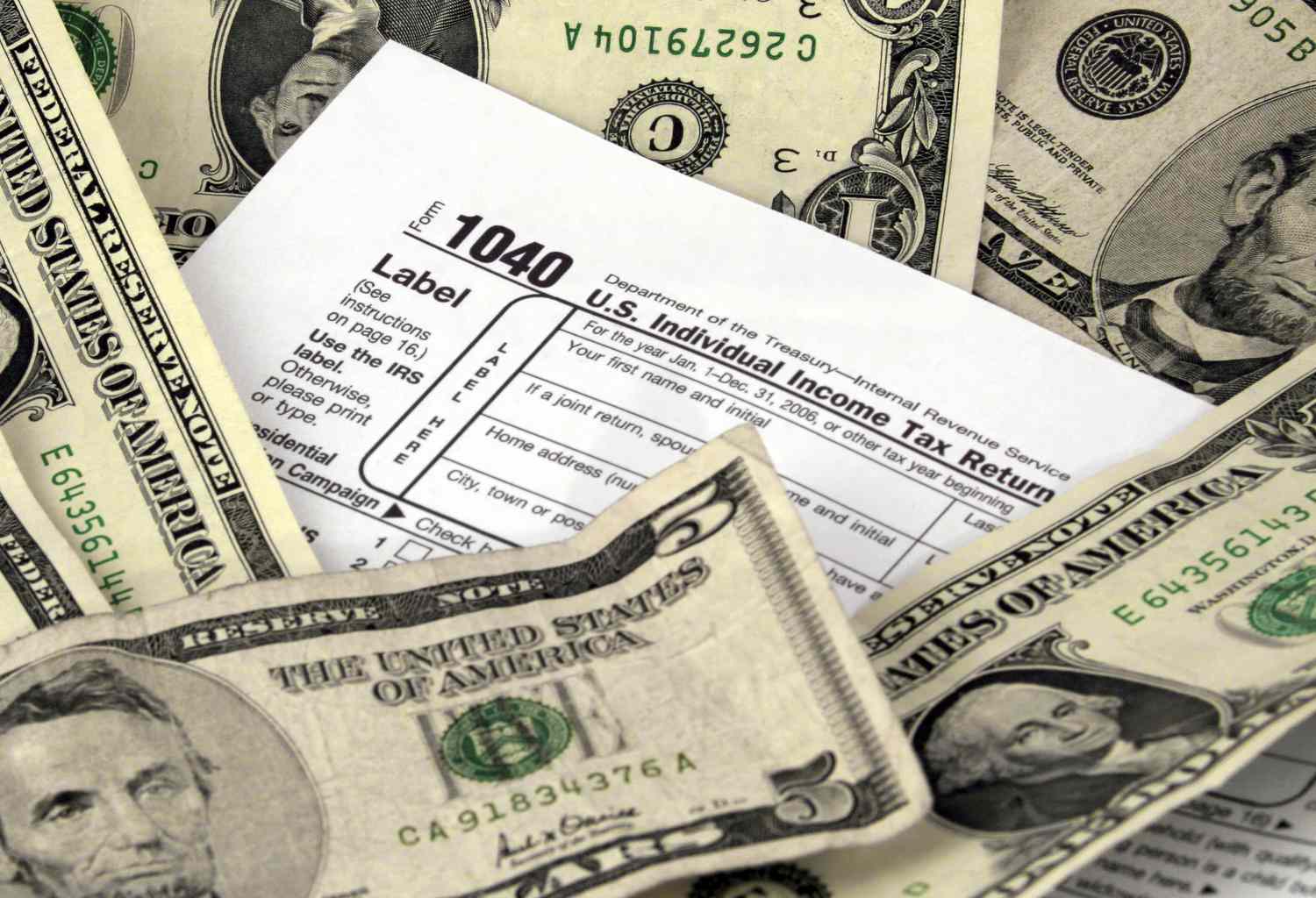
As we approach the year’s end, the deadline for estimated taxes is fast approaching.
For individuals engaged in side hustles, freelance work, or business ownership, making quarterly estimated tax payments is a strategic financial move. Unlike traditional employment, where income is typically withheld automatically, these additional sources of income—such as interest, dividends, capital gains, alimony, cryptocurrency, or rental income—require proactive attention. Quarterly payments to the IRS ensure that you’re covering your tax obligations throughout the year.
This not only eases the financial load come tax day but also serves as a proactive measure to steer clear of IRS self-employment penalties, which can be incurred if you fail to make timely payments throughout the year. Stay ahead of the curve by managing your estimated taxes responsibly.
What are estimated taxes?
If you earn or receive income that isn’t subject to federal withholding taxes throughout the year — side hustle earnings or income from a rental property, for example — you’ll pay as you go with estimated taxes. Estimated tax is a quarterly payment based on your income for the period. Essentially, estimated tax allows you to prepay a portion of your income tax every few months to avoid paying a lump sum when your tax return is due.
When are estimated taxes due?
Estimated taxes are paid quarterly, usually on the 15th day of April, June, September and January of the following year. One notable exception is if the 15th falls on a legal holiday or a weekend. In those cases, you must file your return by the next workday.
How do I calculate my estimated taxes?
There are a few ways to calculate your quarterly tax payments depending on your business model and annual earnings.
- If you earn a steady income, estimate the tax you’ll owe for the year and send one-fourth to the IRS each quarter. You’ll also need to include self-employment taxes.
- If your income varies throughout the year, you can estimate your tax burden based on your income and deductions in the previous quarter. The IRS Estimated Tax Worksheet can help you do the math.
If you’ve overestimated your earnings at the end of the year, you can complete a 1040-ES form to receive a refund or apply your overpayment to future quarterly taxes. If you underpaid, the form can help you calculate what you still owe.




